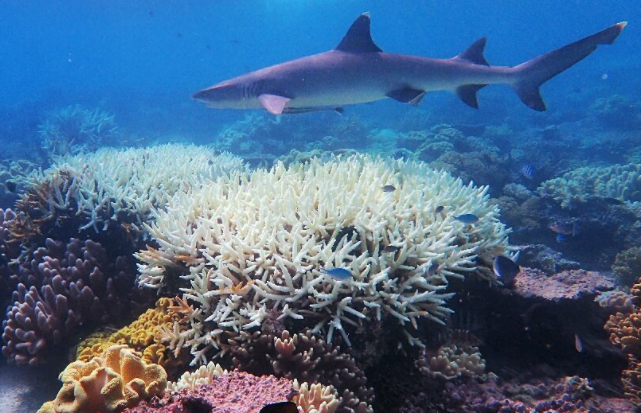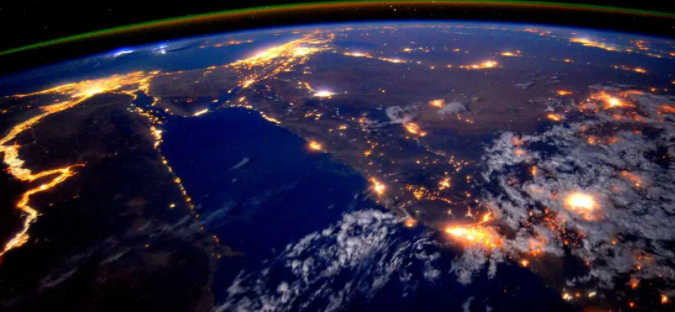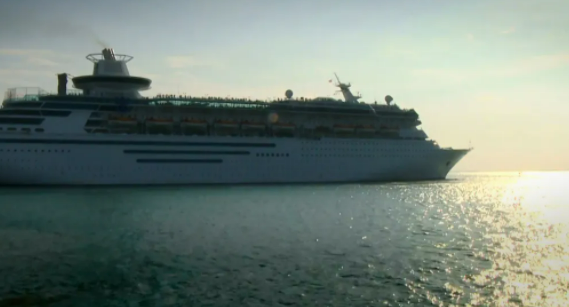Barrier Reef Bleaching
The Great Barrier Reef spans about 348,700 square kilometers. It is made up of about 900 islands and over 2900 distinct reefs. Located around the coast of Queensland, Australia, the Great Barrier Reef is being bleached. To the untrained mind, the bleaching of coral reefs may simply mean the loss of a tourist attraction. However, to the trained mind there is more at stake as the reef bleaching may snowball into more impactful ecological and socio-economic disruptions. Here are some profound ways the Great Barrier reef bleaching could affect major ecosystems.
Bleached coral reefs make the colony exposed to harsh environmental conditions. As a result, such reefs may experience reduced reproductive capacity, slower growth rate, increased susceptibility to diseases, and high mortality rates. In severe cases of coral bleaching, a large portion of the reef may be lost within a very short period. Ecological losses of this magnitude may never be recovered within 5 decades.
As an ecological community, coral reefs also protect certain fish species. The bleaching of the Great Barrier reef will expose the most juvenile fish population to harsher environmental conditions. For example, invertebrates that depend on coral reefs for food may have to compete fiercely for scarce food as a result of high coral mortality. Hence, an attendant decrease in the population of coral-dependent species is unavoidable.
In 2018, scientists discovered a whopping 89 percent decrease in new coral births. This was the aftermath of bleaching actions that occurred between 2016 and 2017. This event also heralded the rise of a new species of corals. If coral reef bleaching persists, we may lose the aesthetics we have so much associated with the Great Barrier Reef.







